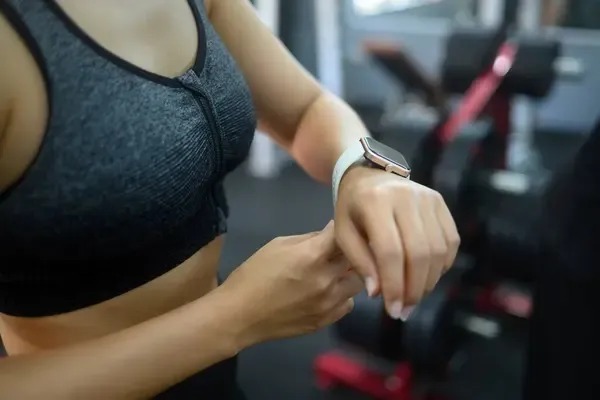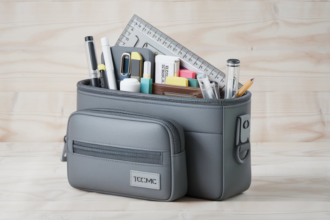I used to take my Apple Watch’s calorie count as gospel.
Whether I was finishing a sweaty HIIT session or walking my dog around the block, I’d glance at the numbers with a strange kind of satisfaction — “Boom, 450 active calories. Earned that cookie.” But at some point, a little voice in the back of my head started whispering:
“Wait… how does it know that?”
That question sent me down a week-long rabbit hole — not of charts or studies, but of simply paying closer attention. I tracked my workouts, tweaked how I wore the watch, and compared its numbers with how I felt. The result? Eye-opening in a very human way.
Day 1: The HIIT Surprise
My first real test came at the gym — a 45-minute high-intensity class with burpees, dumbbell presses, and way too many mountain climbers. I went hard. Heart pounding, drenched in sweat, I checked my Watch: 278 active calories.
That felt… low.
Especially when I’d burned 350+ doing a similar workout last week.
Then I remembered: my watch band was a little loose. Not hanging off, but not snug either — it had shifted slightly during push-ups, and I had to readjust twice mid-set. I’d never thought much of it, but that day, it stuck with me.
Could the looseness affect the heart rate sensor?
Day 2: Just a Walk? Just Accurate.
The next day I went for a long walk after dinner. Nothing fancy — just loops around the neighborhood while listening to a podcast. I made sure the watch fit snugly against my wrist this time.
Result: 204 active calories, which honestly matched how I felt. I wasn’t exhausted, but it was steady movement for 50 minutes.
Weirdly… this felt more accurate than the HIIT session.
Day 4: The Band Makes a Difference
By midweek, I was convinced enough to try a test: switch out my band.
Normally I wear a soft, breathable nylon strap for comfort — but it tends to loosen up with sweat. I swapped in a sport band with a more secure clasp and a tighter fit.
Back to HIIT. This time? 342 active calories. Similar movements, similar effort… but this time the heart rate monitor had consistent contact. The difference was noticeable.
It wasn’t about the Watch — it was about how I wore it.
What the Watch Actually Tracks
Apple Watch uses your heart rate, movement, height, weight, and even age to estimate calorie burn. It’s not a perfect science — no wrist-worn device is — but it gets close enough if it’s worn correctly.
A band that’s too loose? Your heart rate readings can dip.
Worn too high or over a sleeve? Same deal.
Even skin type and tattoos can affect readings.
I started thinking of the calorie count as a well-educated guess, not a precision instrument. Helpful for tracking trends, not obsessing over numbers.
So… Can You Trust It?
Short answer: Mostly, yes — if you help it do its job.
A properly fitting watch band makes more of a difference than I ever gave it credit for. Since making that small adjustment, my readings have been more consistent, and frankly, more believable.
I still don’t take the calorie number too seriously — I use it more like a compass than a calculator. But I trust it a lot more now.
🔎 Accuracy Note
While this post is based on personal experience, studies show that calorie estimates from wearable devices can vary depending on device placement, sensor contact, and user physiology. For a deeper dive, refer to Stanford’s 2017 study on wearable fitness trackers, which found that heart rate data is generally more reliable than calorie estimates.

















